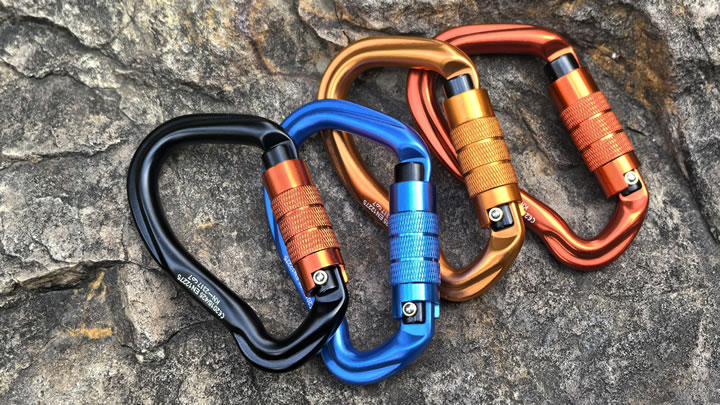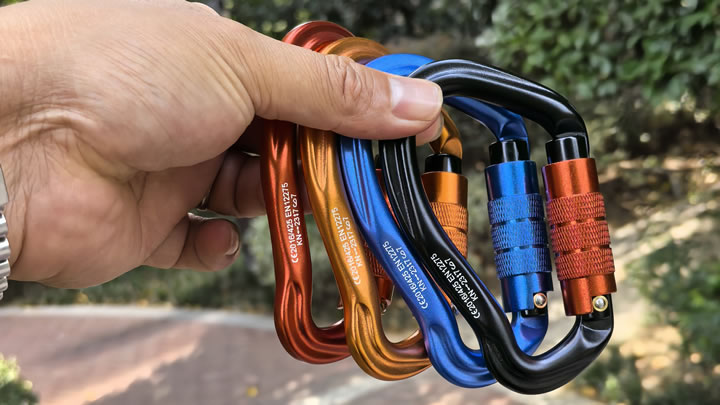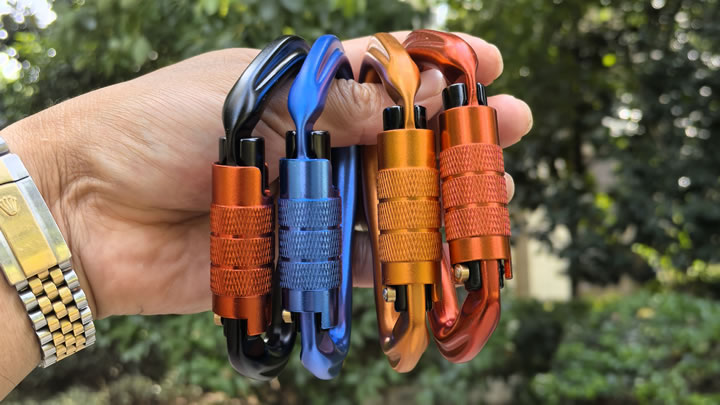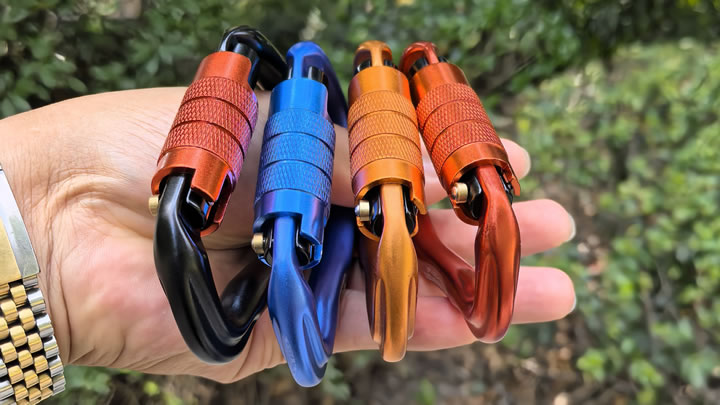Navigating without a compass: natural methods?
Thursday, June 19, 2025
Lost without a compass? Ancient navigators crossed oceans using nature alone. While modern tools excel, mastering these techniques could save your life. Learn to decode the sun, stars, terrain, and subtle environmental clues—and critically, when to trust them.
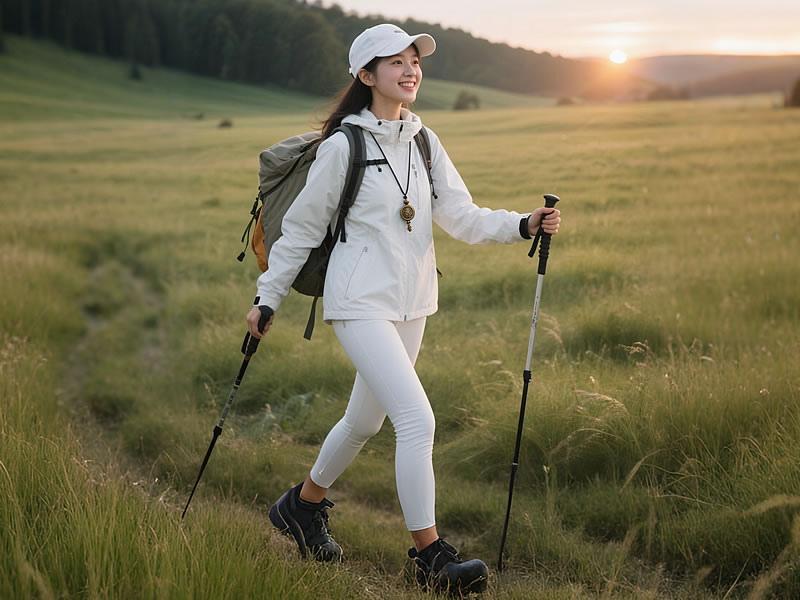
☀️ Solar Navigation: Your Daytime Anchor
Shadow Stick Method (Most Accurate)
- Plant a 3ft stick vertically on level ground.
- Mark shadow tip with a pebble (Point A).
- Wait 15-20 mins; mark new tip (Point B).
- Point A → West | Point B → East
- Draw perpendicular line for North/South.Accuracy: ±15° error in mid-latitudes.
Sun Position Rules of Thumb:
- Equator: Sun rises due East, sets due West.
- Northern Hemisphere:Summer: Rises NE, sets NWWinter: Rises SE, sets SW
- Caution: Only reliable ±30 mins from solar noon.
🌟 Celestial Navigation: Nighttime GPS
Northern Hemisphere: Polaris (North Star)
- Locate Big Dipper → "Pointer stars" (Dubhe & Merak).
- Trace 5x their distance → Polaris (end of Little Dipper’s handle).
- Polaris = True North (within 0.5° error).Pro Tip: Confirm with Cassiopeia’s "W" shape opposite Big Dipper.
Southern Hemisphere: Southern Cross
- Identify Crux (4 bright stars in cross shape).
- Extend long axis 4.5x → South Celestial Pole.
- Use Alpha/Beta Centauri as pointers.
🌙 Lunar Navigation
- Crescent Moons: Horns point → East (waxing) or West (waning).
- Full Moon:Rises where sun sets (East at sunset)Highest at solar midnight
- Limitation: Only useful near moonrise/set.
🗻 Terrain & Environmental Clues (Use Skeptically!)
| Clue | Directional Hint | Reliability |
|---|---|---|
| Tree Moss | Often north side (shade) | ❌ Low (varies by slope/humidity) |
| Snow Melt | Faster on south slopes | ✅ Moderate (sun exposure) |
| Ant Hills | South-facing slopes | ✅ Moderate (heat-seeking) |
| Tree Growth | Denser branches southward | ✅ Moderate (in open areas) |
| Spider Webs | South side of trees | ❌ Low (wind-dependent) |
Critical Rule: Never rely on one sign! Cross-reference 3+ indicators.
🌊 Water Flow Logic
- Rivers: Generally flow toward larger bodies (often seaward = downhill).
- Valleys: V-shape points downhill (in eroded terrain).
- Snow Patterns: Accumulates deeper on leeward slopes (prevailing wind clues).
⚠️ Survival Priorities When Lost
- STOP: Sit, Think, Observe, Plan.
- Seek High Ground: Identify landmarks/water sources.
- Follow Drainages Downhill: Increases chance of finding civilization.
- Avoid Night Travel: Risk of injury outweighs progress.
🔬 Why "Moss on North Side" Fails
- Moss thrives in damp/shady microclimates—not just north.
- Confounding factors:Water runoff patternsDense canopy shadeWind-driven rain direction
- Studies show 60% inaccuracy in temperate forests (Appalachian Trail Conservancy).
📐 Precision vs. Survival Navigation
- Celestial methods: Best for direction (±5°).
- Terrain clues: Best for general bearing (e.g., "south slope = go northwest").
- Modern backup: Always carry a button compass (weighs 0.1oz) or GPS app with offline maps.
"Nature's compass works—but only if you read the fine print. Mistaking a slope effect for true north gets people killed."—U.S. Search and Rescue Task Force
Bottom Line: Practice these methods before you need them. Pair solar/stellar navigation with terrain analysis for reliability. Remember: The goal isn’t pinpoint accuracy—it’s moving deliberately toward safety.


